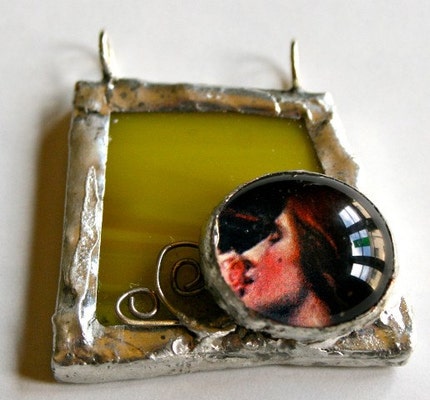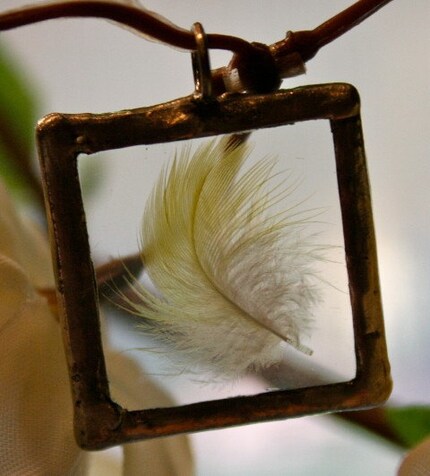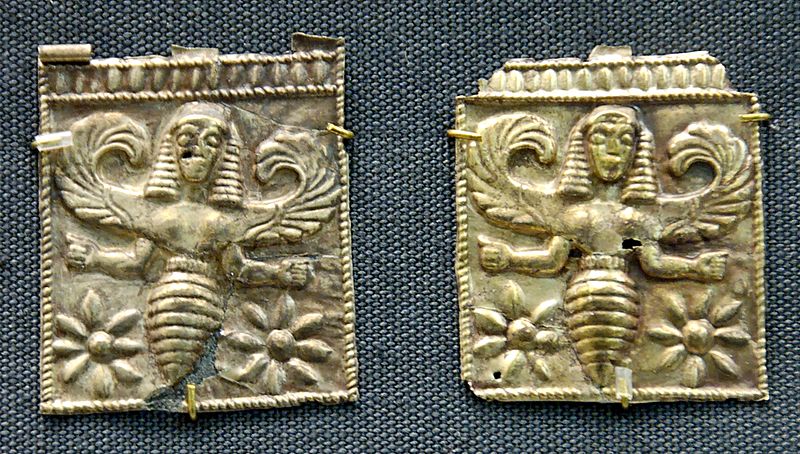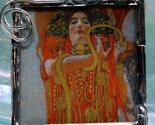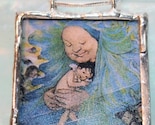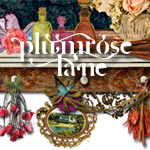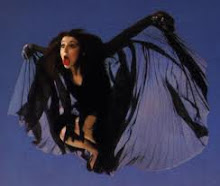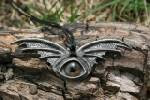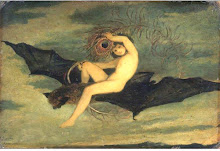“I am All That Has Been, That Is, and That Will Be. No mortal has yet been able to lift the veil that covers Me.”
~Inscription from the walls of the now-lost Temple of Neith
The hum and thrum of graceful, purposeful wings dancing, like a mantra raised to the Universe. The flight of bees in a selfless search for beauty and transformation.
The World has revered bees over many millennia.
Rock paintings from the Paleolithic in Spain and from the Mesolithic in India show honey being gathered from hives. Jewelry from the Neolithic depicts bee designs. Australian aboriginal art shows honeycomb patterns. There are Sumerian carvings of bee worship and their physicians may have been the first to use honey bee products medicinally. In Africa one finds totemic art and beehive-shaped huts. Many Indian deities have bee associations and mythologies. Alexander the Great was said to be swathed in honey upon his death. Ancient Romans appreciated jewelry made from bees caught in amber. Bronze Age Ireland boasts clochan, hive-shaped huts, and there are Celtic, Scandinavian, and Chinese references (mead, honey, wax). Bees appeared in European heraldry, migrated to the Americas with “explorers” and found appreciation amongst indigenous peoples. Napoleon was called “The Bee”, and his coronation robes were decorated with 300 jeweled bees uncovered from Dark Ages King Childeric’s tomb. The Freemasons, the secret Sufi Society, the Mormons and the Priory of Sion all align with bees. The sound of bees has been reported by individuals in various states of transcendent consciousness, such as during Yoga, ritual participation, trance states, and in near death experiences.

Clochan
Pyramid at Saqqara
There are ancient cultures whose reverence and worship was extremely prevalent and important, however. There is so much symbolism and connectedness that it feels like a stream of consciousness association.
In Egypt:
The bee is a symbol of lower Egypt and is seen in temple carvings; honey was the tears of Ra; Neith was The Veiled Goddess and cited to be the mother of Ra; Neith’s temple was the House of the Bee and is where Plato heard of the account of Atlantis; bees are hymenoptera, stemming from hymen, meaning “veil winged”; Osiris’s sanctuary was The Mansion of the Bee; beginning with the first dynasty, pharaohs held the title of The Beekeeper; tomb paintings show that bees were part of daily life; there is a bee hieroglyph; predynastic rock carvings show antennaed head dresses and dancing women; the step pyramids look like hives; pharaonic headdresses (death masks) have bee-like striping; Babylonians embalmed their dead in honey; bees were born of Apis bulls (the scientific name for honey bees is apis mellifera) as a regeneration of souls and the Minoans believed this as well; the Minoan word for bee was “sphex” and they renamed the Giza statue “Sphinx”; honey flasks were found in King Tut’s tomb. Ancient Egyptians believed that bees were symbolic of resurrection and honey was the stuff of Life.

King Tutankhamun's death mask
In Mycenea/Minoan Crete/Anatolia/Greece/Rome:
Greeks were taught bee keeping by Minoans; Minoans believed bees were born of Apis bulls and signified the regeneration of souls; The Oracle at Delphi was called The Delphic bee; the Omphalos stone at Delphi is hive-shaped and covered with bee-like designs; Delphi housed prophetic bee priestesses who would ingest a honey substance before speaking the truth/prophesizing; Melissai/ Melissae are the Greek and Latin words for bee; priestesses at Cybele’s temple in Asia Minor, Greece and Rome were named Melissae; Cybele was a bee and cave goddess and prophetess; Zeus was born in a bee cave on Crete and as an infant was fed on honey; Zeus was called Melissaios, or Bee-Man; In Crete priestesses dressed as bees with many tiered hive-like skirts; Rhea was Zeus’ mother, held a bee title, was a Great Mother goddess and her Roman counterpart was Cybele; Mellonia was a Roman bee goddess whose image is depicted on ancient coinage; Aphrodite’s priestesses were Melissae and left honeycombs on her altar; statues of Artemis at Ephesus show bees on her legs and at her waist, and hive headdress; Artemis and her high priests were called Essenes, King Bees; tombs were shaped like beehives in Mycenea; bees dance to share the route to nectar; tomb seal shows bee goddess and priestesses dancing in their hive skirts; the Anatolian mother goddess wears a hive tiara; Deborah is the queen bee goddess of Anatolia and Mycenae; bee in Hebrew is DBRE, meaning Deborah; Deborah is mentioned in bible: Essenes are the forefathers of Christianity; the Land of Milk and Honey; honey was a divine offering and was seen as life-sustaining and used medicinally.
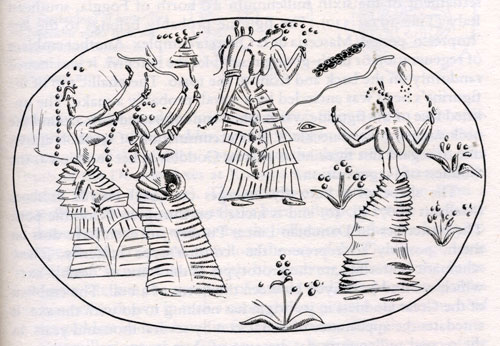
Dancing bee priestesses© Marija Gimbutas
Bees are Wisdom, Industry, Service, Fertility, Regeneration, Speakers with the Dead. Bees have an absolute matriarchal society. Honey Bees are disappearing at an alarming and critical rate today. They are shrouded in a mystery of death which foretells of disastrous results for Mother Earth.
Artemis at Ephesus
It is far beyond my ability to present all the references, symbolism, allusions, ties and chains which connect to the bee. If this gets you buzzed (sorry, I had to), my favorite bit of bee scholarship to date is
Andrew Gough’s Arcadia. I learned a honeyed ton of information from him. It is a fascinating and thorough journey he leads you on, whereas I have only given you a tease here.
Gold plaques from Rhodes, 7th c, BCE
“The Bee has continued through the millennia as a symbol of the soul’s survival after death and limitless existence in the harmony of the Golden age of the World.”
~Robert Graves

